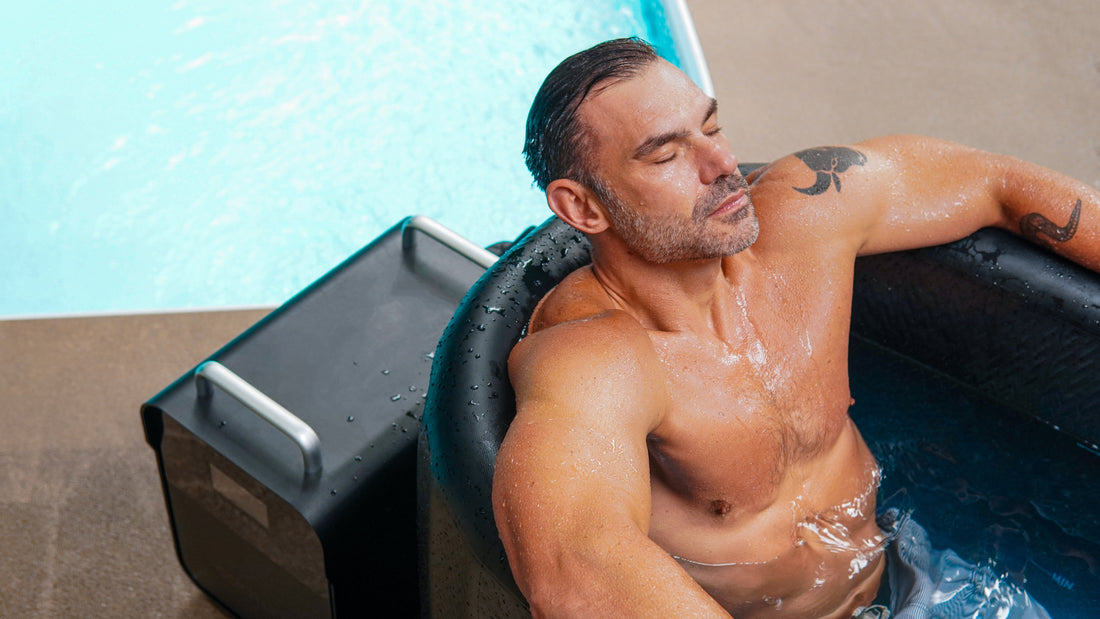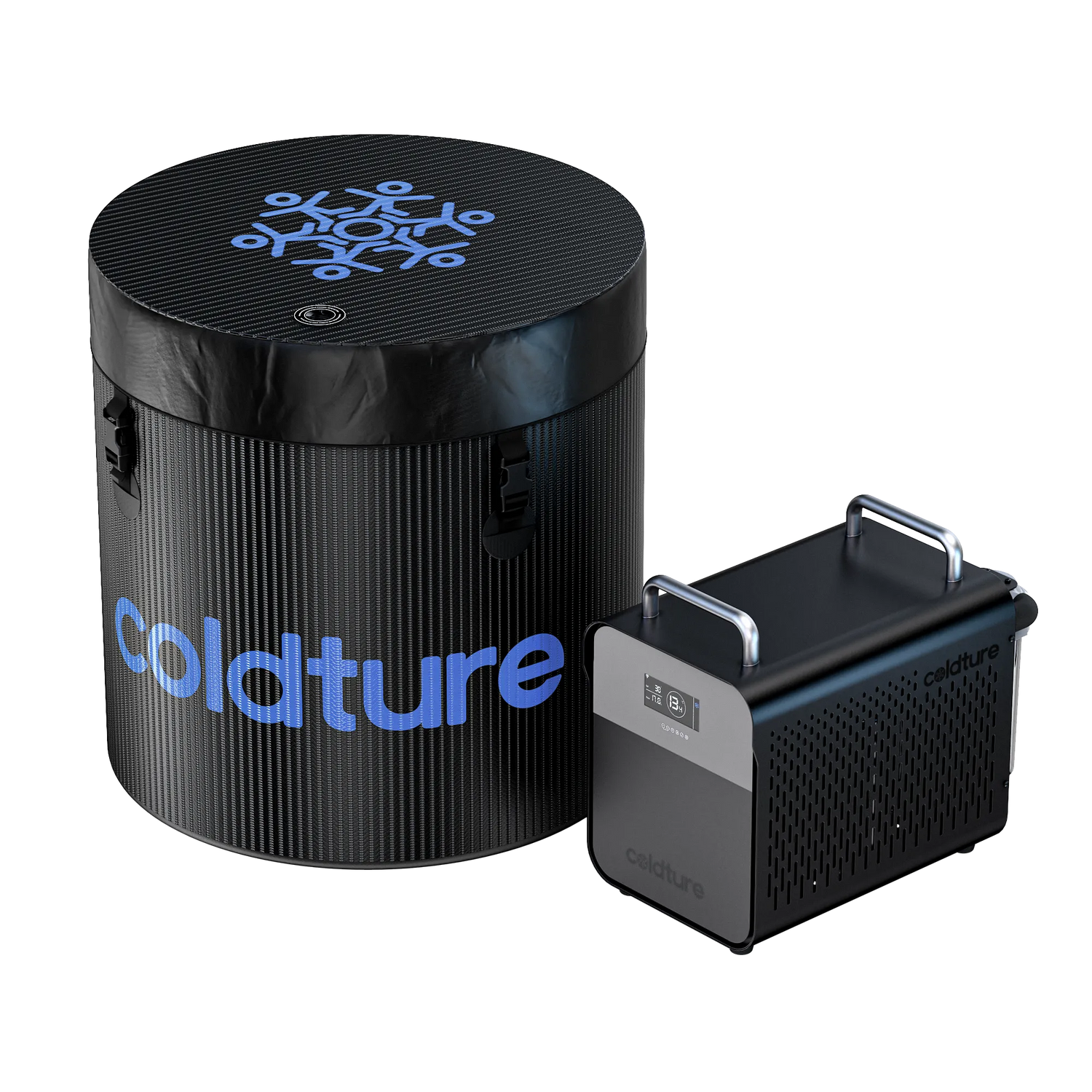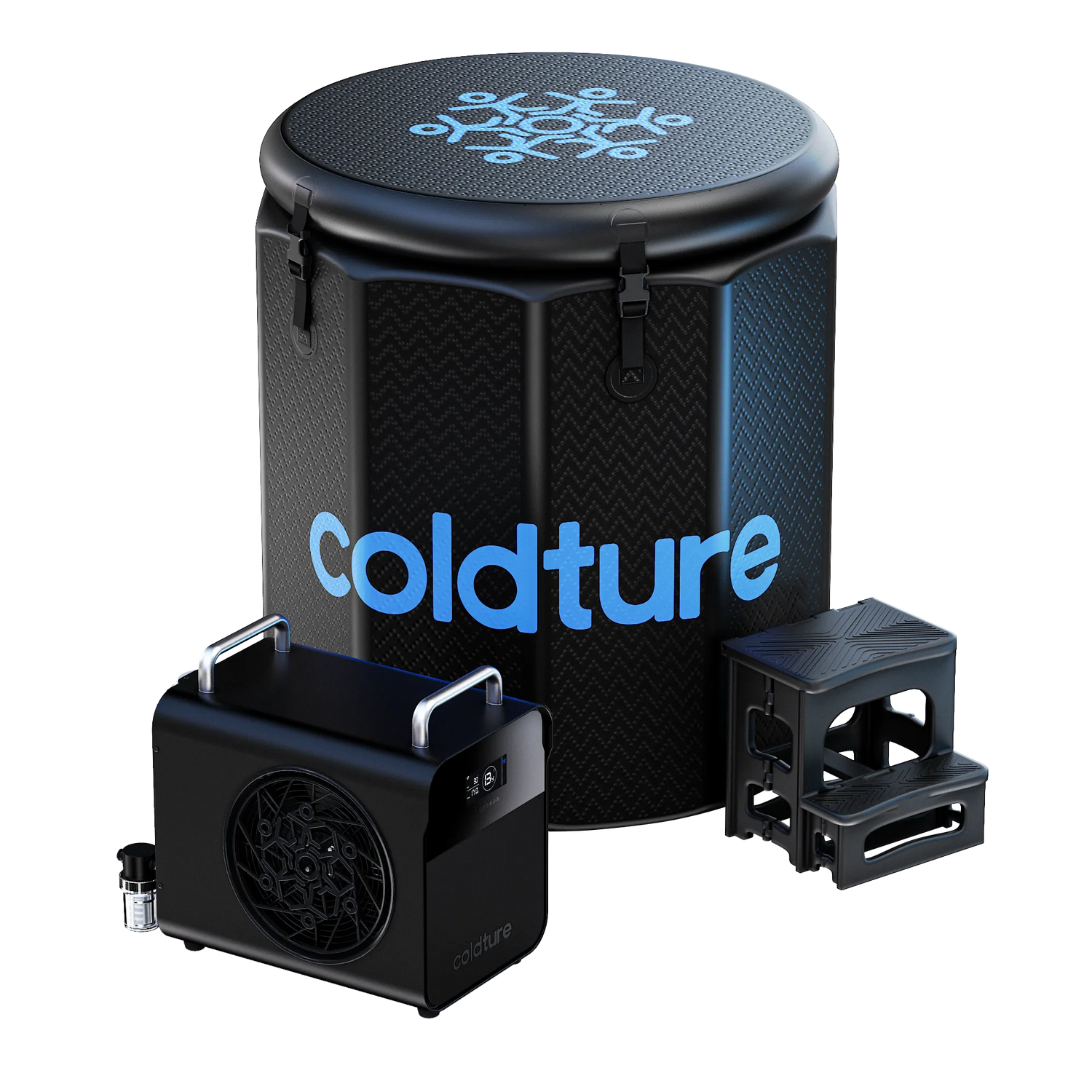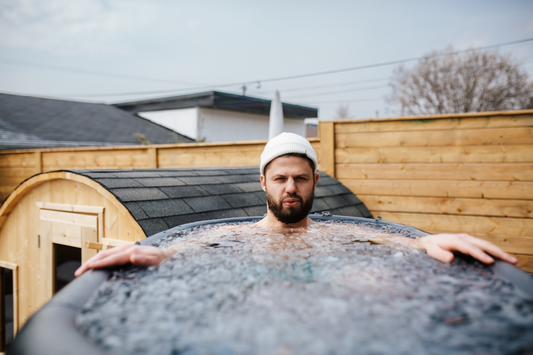Cold plunging has rapidly gained popularity as a powerful wellness practice. Its benefits range from improved recovery and enhanced mood to boosting metabolism and fortifying the immune system. While the practice is simple in concept—immersing yourself in cold water—the details, particularly the temperature of the water, can make a significant difference in the results you achieve. In this article, we will explore everything you need to know about finding the perfect cold plunge temperature, ensuring you maximize the benefits while staying safe and comfortable.
What is Cold Plunging?
**Cold plunging** involves immersing your body in cold water, typically below 60°F (15°C), for a period of time. This practice, also known as cold water therapy, has been used for centuries to promote healing, improve circulation, and enhance overall well-being. Cold plunging is often used by athletes for recovery, but its benefits extend to anyone looking to improve their health, reduce inflammation, and boost their mental resilience.
The Science Behind Cold Plunging
When you expose your body to cold water, several physiological changes occur. The cold causes your blood vessels to constrict, which reduces inflammation and swelling. It also triggers the release of endorphins, which are the body's natural painkillers, leading to an improved mood and a sense of well-being. Additionally, cold plunging can activate brown fat, which helps in burning calories and increasing metabolism.

The Ideal Cold Plunge Temperature
Understanding the Temperature Range
The optimal temperature range for cold plunging is generally between 50°F (10°C) and 60°F (15°C). Within this range, the cold water is effective enough to trigger the desired physiological responses without being so extreme that it becomes unbearable or unsafe for most people. The specific temperature you choose within this range will depend on your experience level, goals, and personal preferences.
Beginners: 10ºC to 15ºC (50ºF to 60ºF)
For those new to cold plunging, starting with water temperatures between 10°C and 15°C is ideal. This range is cold enough to provide significant benefits while still being manageable for beginners. As you become more accustomed to the cold, you can gradually reduce the temperature.
Intermediates: 5ºC to 10ºC (41ºF to 50ºF)
Once you've acclimatized to cold plunging, you might want to lower the temperature to between 5°C and 10°C. This colder range can further enhance the benefits, such as reducing inflammation and increasing mental resilience. However, it also requires a higher tolerance to the cold, so it's important to build up gradually.
Experts: Below 5ºC (41ºF)
For seasoned cold plungers, water temperatures below 5°C offer the most intense experience. This extreme cold can maximize the physical and mental benefits of cold plunging, but it also carries greater risks. It's essential to be well-acclimated and to listen to your body, ensuring that you don't overextend your exposure to such low temperatures.
Cold Acclimation
Acclimating to cold water is crucial for maximizing the benefits of cold plunging and minimizing discomfort. The key is to start slowly and progressively lower the temperature as your body adapts. For instance, one study found that an hour of cold-water immersion at 14°C (57°F) each day for a week was sufficient to create metabolic changes and improve cold tolerance.
As your body adjusts to the cold, you'll notice that the initial shock of immersion lessens, and you may be able to stay in the water longer or tolerate colder temperatures. However, it's important not to rush this process. Allow your body time to adapt naturally to avoid negative side effects.
How Long Should You Cold Plunge?
The optimal duration for cold plunging varies depending on the water temperature and your level of acclimatization. While studies suggest that 11 to 15 minutes of cold immersion can provide substantial benefits, this might be too long for beginners.
Beginners Recommendations
If you're new to cold plunging, start with shorter sessions. Even 30 seconds to a minute can be beneficial and will help your body begin the acclimatization process. Aim to cold plunge three to four times a week, gradually increasing the duration as you become more comfortable.
Intermediate and Expert Recommendations
As you build tolerance, you can extend your cold plunges to several minutes. For intermediate cold plungers, a duration of 5 to 10 minutes is often ideal. Experts might stay in the cold water for up to 15 minutes or more, but it's crucial to monitor how your body responds and to avoid overexposure.

Reaching and Maintaining the Optimal Cold Plunge Temperature
One of the challenges of cold plunging is maintaining the right water temperature, especially in warmer climates or during the summer months. The water in your tub or pool will naturally warm up over time, particularly if you're using ice to cool it down. This is where water chillers come into play.
The Role of Water Chillers
A **water chiller** is an efficient way to maintain the precise temperature needed for your cold plunge, regardless of the season. While adding ice can work, it often requires constant monitoring and adjustment, particularly in hot weather. A water chiller, like Coldture's **"The Cold Plunge Ice Bath Water Chiller Pro,"** ensures that your water stays at the ideal temperature for as long as you need, providing a consistent and controlled environment for your cold plunges.
Using a chiller can also extend the lifespan of your plunge sessions, as you won't need to keep adding ice to maintain the cold. This is especially beneficial for those who plunge regularly or who live in warmer climates where ice alone might not suffice.
Creating a Cold Plunge Schedule
Consistency is key to making the most of your cold plunging routine. To help you stay on track, it's a good idea to create a cold plunge schedule that gradually increases both the duration and intensity of your plunges.
Example Cold Plunge Schedule
- Week 1: Plunge three times a week for 30 seconds each at 15°C (59°F).
- Week 2: Increase to four sessions per week, with each session lasting one minute.
- Week 3: Lower the temperature to 13°C (55°F) and aim for two minutes per session.
- Week 4 and beyond: Continue to lower the temperature by 1°C (about 2°F) each week and extend the duration as you become more comfortable.
Safety Considerations
While cold plunging offers numerous benefits, it's important to prioritize safety. Never force yourself to stay in the water if you start to feel too uncomfortable or if you notice signs of hypothermia, such as uncontrollable shivering, numbness, or confusion.
It's also advisable to use a thermometer to measure the water temperature accurately. This ensures that you stay within the recommended range and avoid any potential risks associated with overly cold water.
Wrapping Up
Cold plunging can be a transformative wellness practice when done correctly. By understanding the ideal temperature ranges and gradually acclimating your body, you can unlock the full spectrum of benefits—from enhanced recovery and boosted metabolism to improved mental resilience and overall well-being. Whether you're a beginner or an expert, finding and maintaining the perfect cold plunge temperature is key to making the most of this powerful therapy. And with tools like water chillers, achieving that perfect temperature is easier and more effective than ever before.














9 comments
Do you ship nationwide?
Almost everyone who invests in bitcoin for the first time is duped. Because the majority of mining company websites are false, the fact that you are new to bitcoin is sufficient for you to fall victim to fraud. As a result, recoveryhacker101 (recoveryhacker101@gmailcom) hacker group has come forward to fight for the restitution of your stolen funds. recoveryhacker101 provides a recovery certainty of up to 95%. I had my blockchain wallet faked by vicious rippers, who made off with 70BTC from my wallet. I was devastated by this, as I was in desperate need of support, and it left me feeling hopeless. RecoveryHacker101 did a wonderful job helping me recovery my Bitcoin.
HOW TO RECOVER YOUR LOST BITCOIN
I lost €755,000 on my wallet because I couldn’t remember my passcode and security words. I told a coworker about my situation, and he suggested that I contact a legitimate hacker called THE HACK ANGELS RECOVERY EXPERT. They have the knowledge, tools, and experience to recover your funds. They not only gave me my Bitcoin back but also restored my peace of mind. I can’t express enough how much their expertise, professionalism, and dedication meant to me. If you are a victim and need to get your funds back, please don’t hesitate to contact THE HACK ANGELS RECOVERY EXPERT in any of the information below.
WhatsApp +1(520)200-2320) or shoot them an email at (support@thehackangels.com) They also have a great website at(www.thehackangels.com)
I highly recommend them to anyone who has ever been in such a situation
HOW TO RECOVER YOUR LOST BITCOIN
I lost €755,000 on my wallet because I couldn’t remember my passcode and security words. I told a coworker about my situation, and he suggested that I contact a legitimate hacker called THE HACK ANGELS RECOVERY EXPERT. They have the knowledge, tools, and experience to recover your funds. They not only gave me my Bitcoin back but also restored my peace of mind. I can’t express enough how much their expertise, professionalism, and dedication meant to me. If you are a victim and need to get your funds back, please don’t hesitate to contact THE HACK ANGELS RECOVERY EXPERT in any of the information below.
WhatsApp +1(520)200-2320) or shoot them an email at (support@thehackangels.com) They also have a great website at(www.thehackangels.com)
I highly recommend them to anyone who has ever been in such a situation
HIRE THE TOP CRYPTO & BITCOIN RECOVERY EXPERTS THE HACK ANGELS
I have always thought it would be impossible to recover stolen cryptocurrency funds until I came across a hacker called THE HACK ANGELS RECOVERY EXPERT. Thanks to their expertise and dedication. If you’ve lost Bitcoin due to a wrong transaction, hacking, or forgotten private keys, THE HACK ANGELS RECOVERY EXPERT is here to help. If they could recover my $820,000 there’s hope for you too. I highly endorse their services to anyone looking to have their funds traced and recovered. You can get in touch with them through their Contact
WhatsApp (+1(520)200-2320
Email at support@thehackangels.com
Website at www.thehackangels.com
If you’re in London, you can even visit them in person at their office located at 45-46 Red Lion Street, London WC1R 4PF, UK.